

The official definition of fitness, according to the U.S. Department of Health and Human Services is "a set of attributes that people have or achieve that relates to the ability to perform physical activity."
This definition is often taken as the ability to do things like run long distances and lift heavy weights. Fitness doesn't have to mean that. And while these skills are important, the main idea is that fitness means the capacity to do the physical things you normally do and do them for the length of time you need to do them.
Medically, fitness is measured through 5 main criteria.
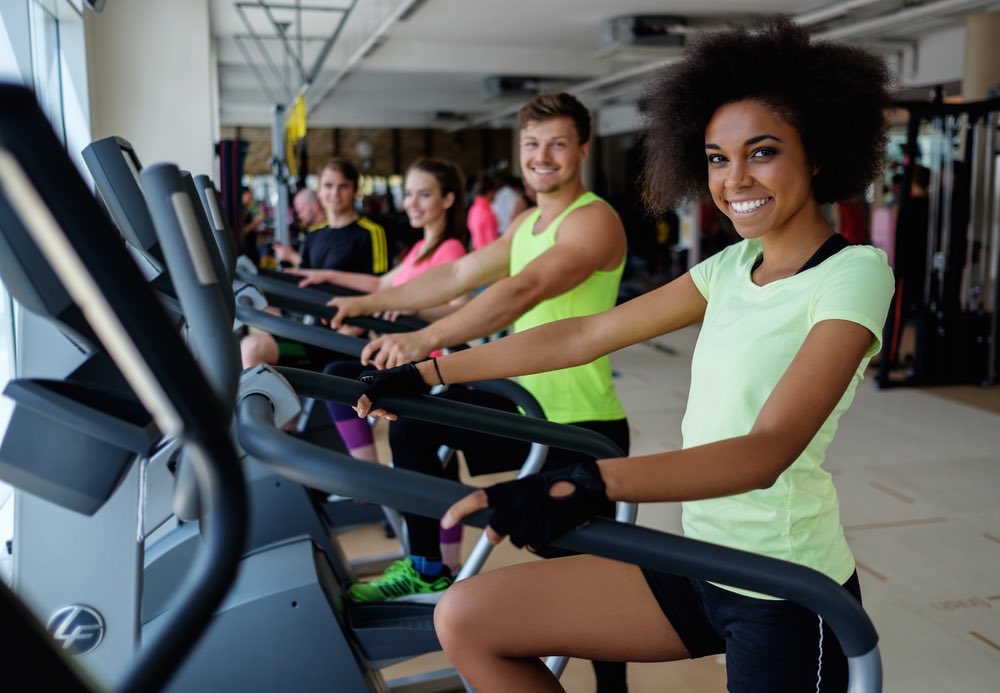
Photo Credit: Depositphotos
How well the circulatory system (the heart and blood vessels) and lungs can supply oxygen and nutrients to the cells has a big effect on both strength and endurance, as well as mental alertness. Poor blood circulation and heart-related health problems are the main cause of serious illnesses and death. Activities that improve the cardiovascular system are those that cause your heart to beat faster for a sustained length of time.
This kind of activity
Cardiovascular conditioning exercises, often called "aerobic exercises," should begin at a slower pace and gradually increase in intensity. They especially include:
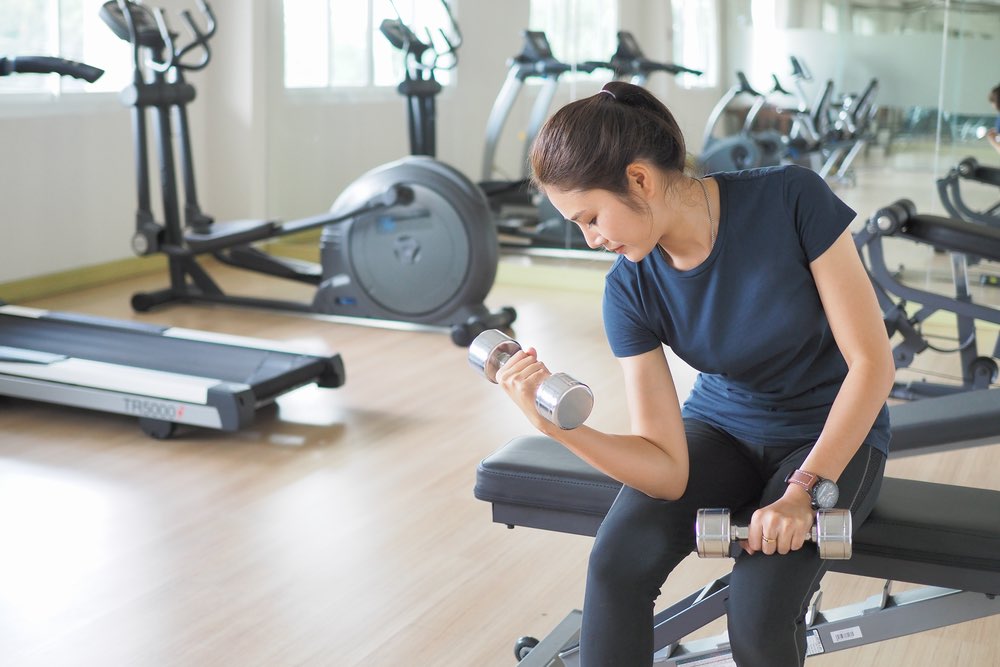
Photo Credit: Depositphotos
Measures of muscular strength involve lifting or pushing against standard weights and resistances. The more the muscle is challenged by lifting and pressing, the more the muscle will strengthen and the potential power of the muscle will increase. Providing protein intake is sufficient, anything that works for a muscle group until it tires will, with time, increase the strength of the muscles and increase the time until fatigue sets in.
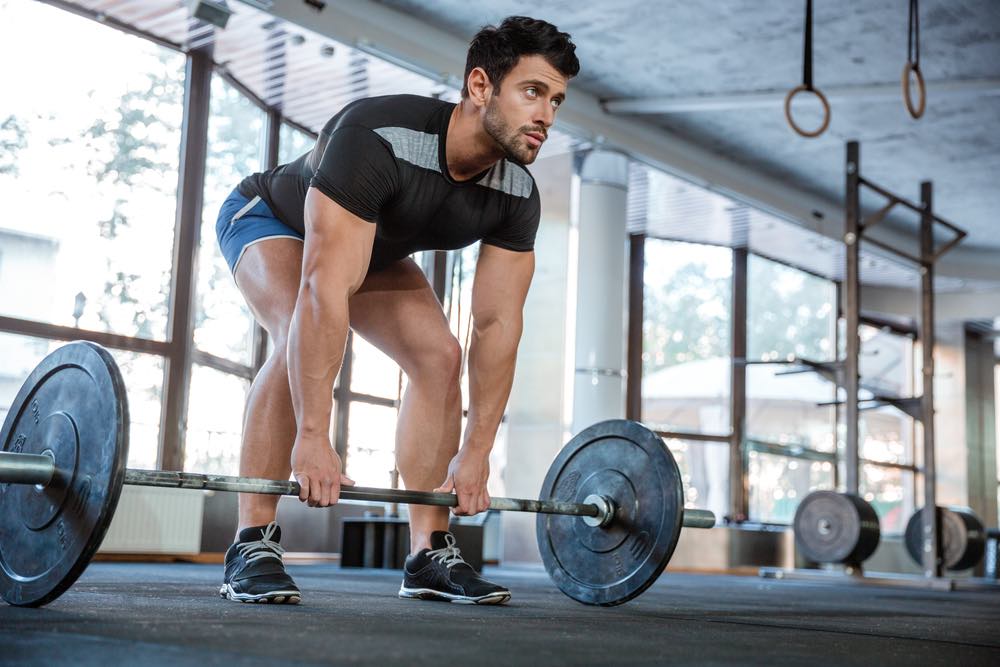
Photo Credit: Depositphotos
Endurance refers to the length of time muscles can continue to work before tiring. Endurance does not necessarily mean greater strength or power. Endurance training does not involve maximum strength output of the muscles but focuses on the cardiovascular system. There are two muscle groups that specialize in muscular endurance:
Sprinting and short activity bursts build fast twitch fibers within muscles. Long-distance or marathon running builds slow twitch fibers in muscles.
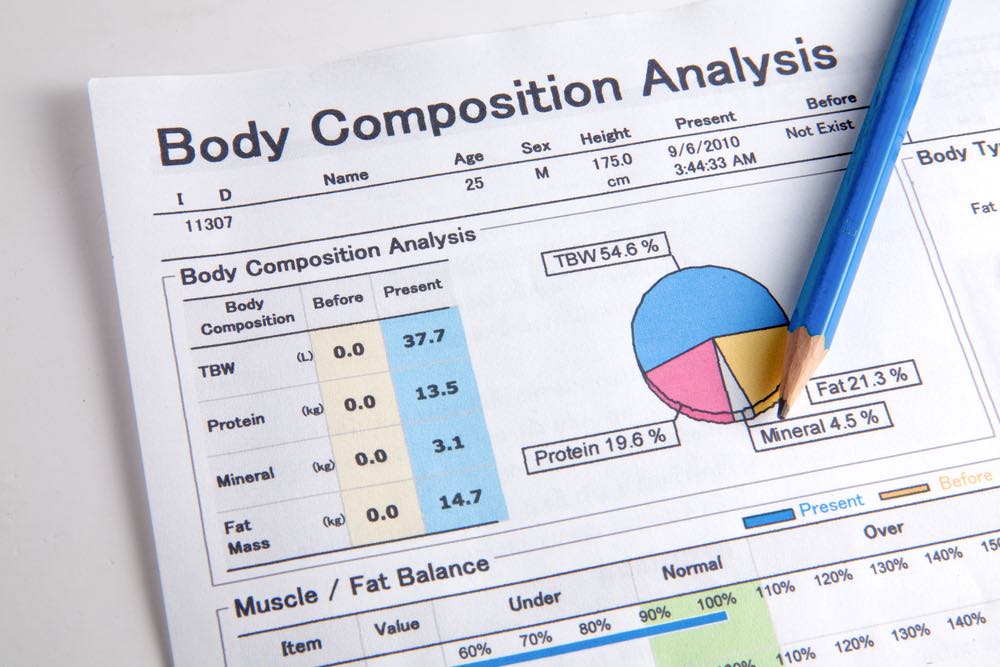
Photo Credit: Depositphotos
Body composition refers to the relative amounts of muscle, bone, water and fat comprising the body. People with a high muscle proportion will weigh more than those with the same height and waist size but with less muscle, because muscle weighs more than fat per volume. In general, greater muscle mass means better fitness. Percentages of the muscles of conditioned athletes are around 45 percent for men (depending on the sport), and around 35 percent for women.
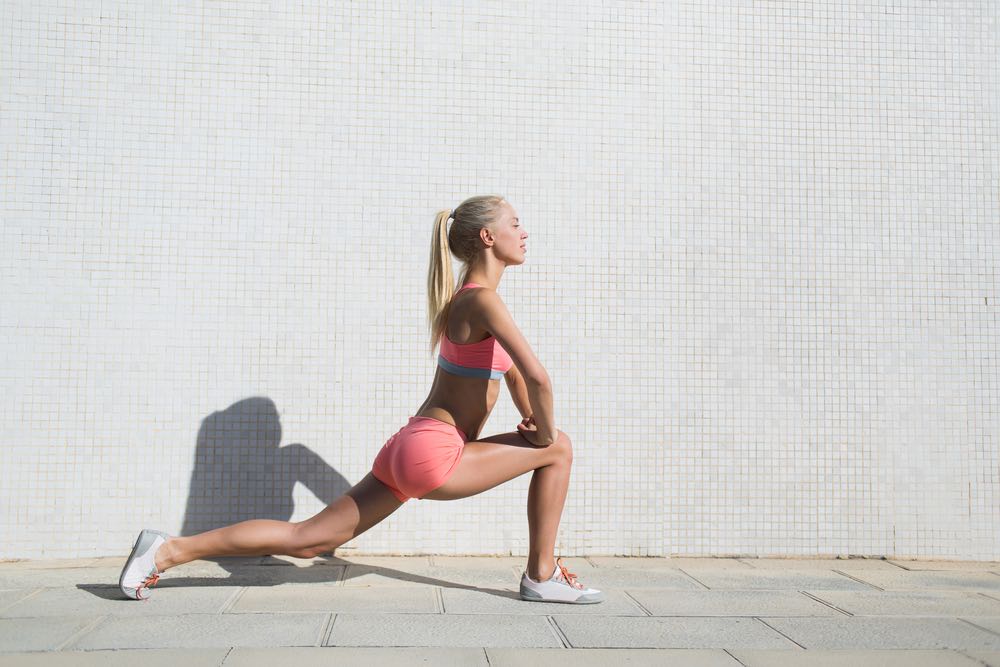
Photo Credit: Depositphotos
Flexibility refers to the range of motion possible in key joints. If flexibility is high, motions can be linked smoothly together. Flexibility is important for preventing injuries. Aging and gradual joint wear severely limit flexibility. However, maximum flexibility can be maintained with three types of exercise:
Whatever your fitness goals are, you can always find a perfect workout to meet your needs and help you become healthier and happier every day.
Photo Credit: Depositphotos
